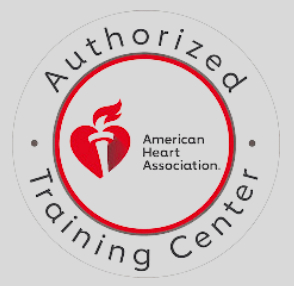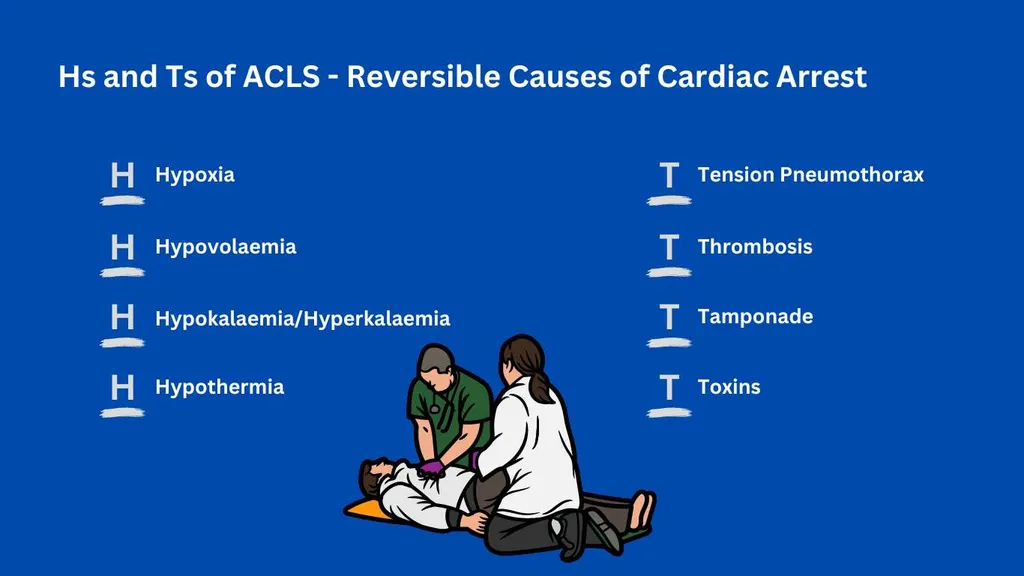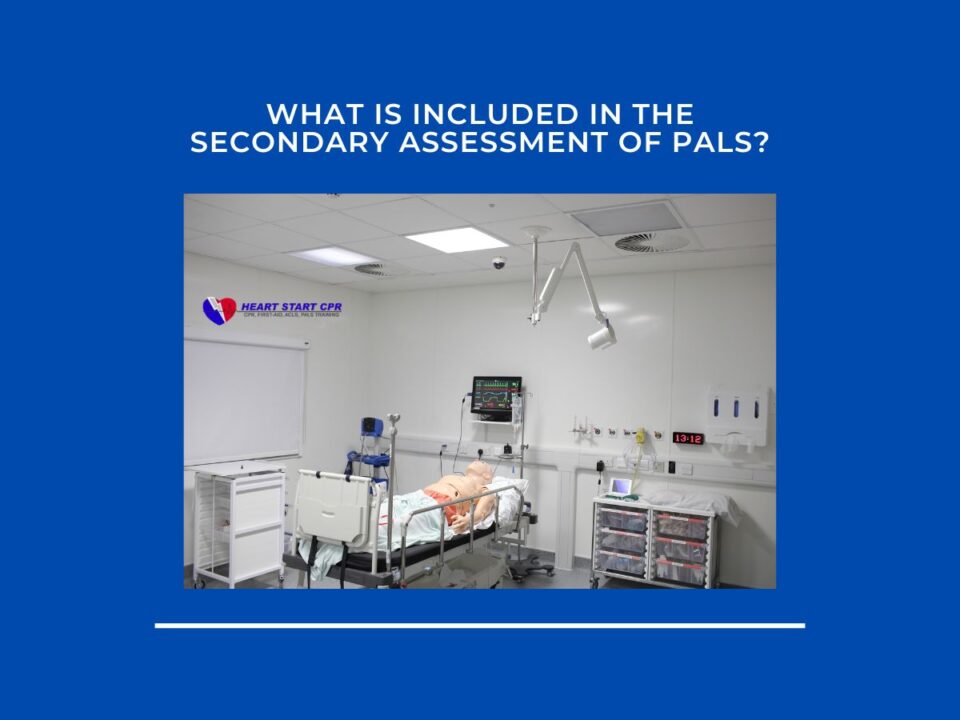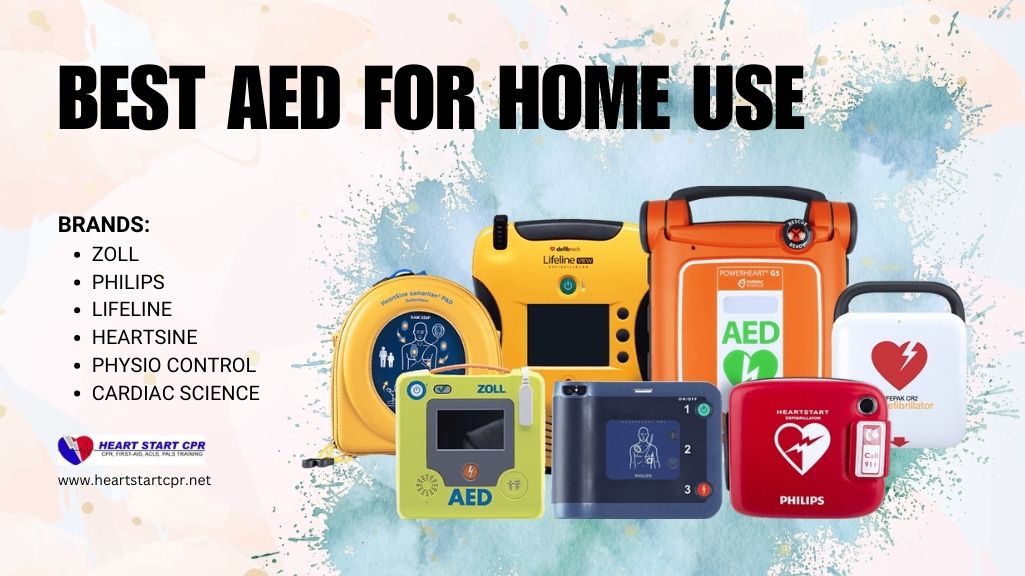
Best AED for Home Use in 2024
January 8, 2024
When Should The Rescuer Operating The AED Clear The Victim?
March 26, 2024Reversible causes of cardiac arrest also known as Hs and Ts of ACLS refer to medical conditions that can be treated to restore normal heart function and improve patient outcomes.
The H’s and T’s in ACLS are categories of reversible causes that contributes to the pulseless arrest including PEA, Asystole, Ventricular Fibrillation, and Ventricular Tachycardia. If reversible causes are suspected to trigger cardiac arrest, the causes must be immediately identified and treated. The reversible causes of cardiac arrest are affected by Hs and Ts. We have covered the relationship between these factors and reversible cardiac arrest and treatment in detail below. The reversible causes of cardiac arrest are:
- Hypoxia
- Hypovolemia
- Hypokalaemia/Hyperkalaemia
- Hypothermia
- Tension Pneumothorax
- Thrombosis
- Tamponade
- Toxins
A research named “Timing and Identification of the Cause and Treatment of a Cardiac Arrest” was conducted between 2016 and 2018 by the lead of Philippe Dewolf analyzed how mobile medical teams (MMTs) investigate the causes of cardiac arrest (CA) and examine the relationship between etiology discovery and patient outcomes. The study found that the reason behind an arrest is highly dependent on time, as several reversible precipitants require quick treatment. If unchecked, it can take longer for the person’s circulation to return to normal.
The 2020 advanced life support algorithm update recommends treating the reversible cause of cardiac arrest immediately following the initial two cycles of chest compressions in cases where the initial rhythm is identified as pulseless or presents as asystole. If the first rhythm is shockable, treatment for the reversible cause should be administered after completing the second round of CPR.
Let’s learn more in depth about the H’s and T’s of ACLS. What we have covered? Signs and symptoms, Causes, and treatment of the reversible causes:
4 Hs Causes of Reversible Cardiac Arrest
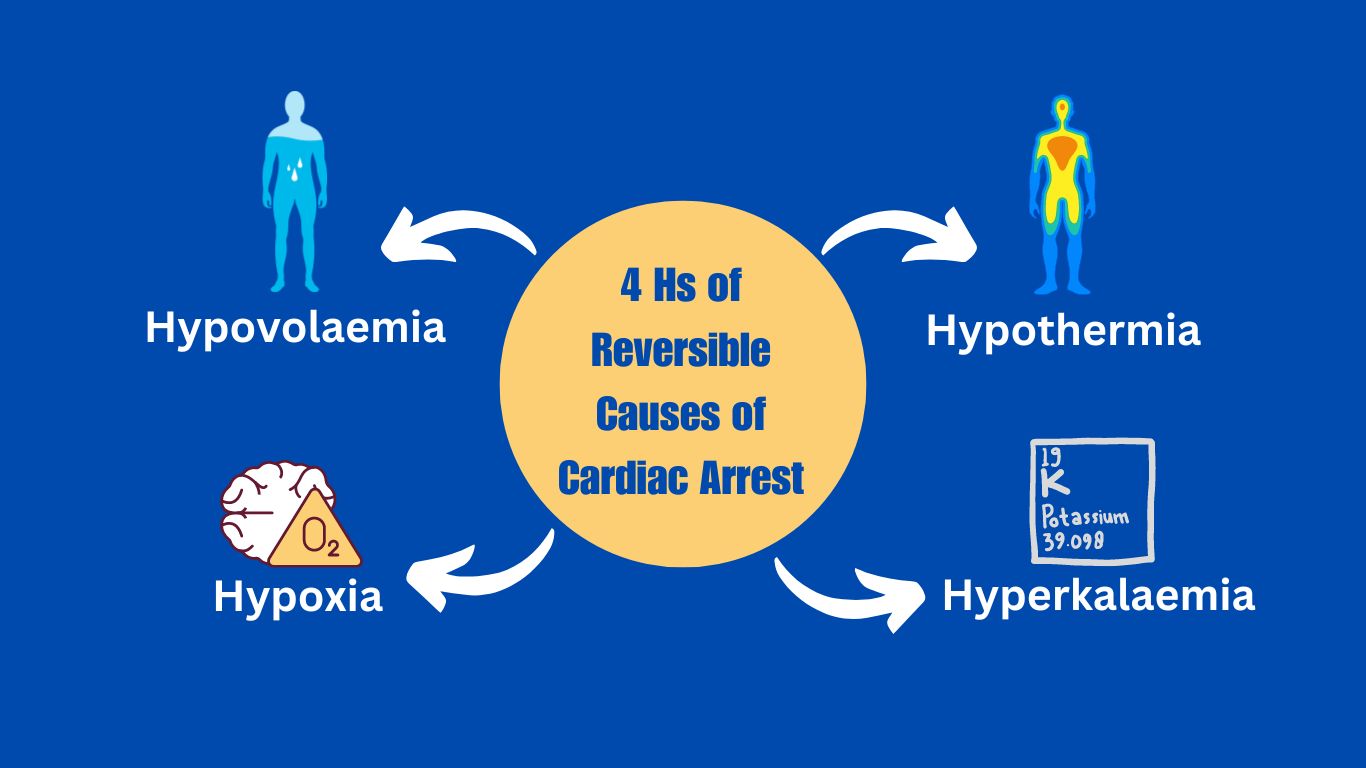
Image: 4 Hs of Reversible Causes of Cardiac Arrest
The 4 H causes of reversible of cardiac arrest are hypoxia, hypovolemia, hypothermia, and hypo-hyperkalemia. These causes can be easily remembered using “4Hs.” Identifying and treating these reversible causes is essential to improve patient outcomes. The 4Hs of ACLS are:
Hypoxia
Hypoxia is one of the reversible causes of cardiac arrest. It occurs when the oxygen level of the body’s tissue decreases. In addition to being necessary for energy production, oxygen supports the essential operation of tissues and organs. Low oxygen levels for a long time can harm the heart, brain, and other organs. Hypoxia can lower blood pressure, which can then result in bradycardia, a slow heartbeat, and eventually a sudden cardiac arrest.
Signs and Symptoms of Hypoxia
- Headache
- Restlessness
- Confusion
- Anxiety
- Rapid heart rate
- Rapid breathing
- Difficulty breathing
Symptoms may also show:
- Bluish skin
- Extreme restlessness
- Slow heart rate (bradycardia)
Causes of Hypoxia:
- Lung and heart diseases: Chronic obstructive pulmonary disease (COPD), pneumonia, and asthma can cause hypoxia.
- Circulatory causes: This happens when the heart cannot pump enough blood to tissue and impairs oxygen delivery to the tissues. Hypoventilation, impaired alveolar diffusion, and pulmonary shunting are among the causes.
- Anemia: This is due to decreased oxygen-carrying capacity due to lack of red blood or low hemoglobin levels, leading to inadequate oxygen supply to the tissues.
- Medications: Particular medications, such as solid painkillers and anesthetics, can slow breathing and lead to hypoxia.
- High Altitude: Traveling to high altitudes, where oxygen levels are lower, can cause hypoxia.
Treatment for Hypoxia:
Supplemental oxygen is given during hypoxia treatment to increase the amount of oxygen reaching the lungs’ alveoli. In cases of severe acute hypoxia, mechanical ventilation is used. Mechanical ventilation can be used in critical hypoxia. Managing any underlying conditions is the best way to keep your blood oxygen-safe and prevent recurring hypoxia.
Hypovolemia
Hypovolemia is an illness that occurs when the body loses fluid, like blood or water. Fluids are essential to keep organs functioning.
Signs and symptoms of Hypovolemia:
- Weakness and fatigue
- Dizziness, especially when standing
- Dry skin and dry mouth
- Increased thirst
- Low urine output (oliguria)
- Cyanosis, characterized by blue discoloration of the skin due to poor circulation
- Pain in the abdominal
- Confusion or decreased level of consciousness
Additional symptoms to notice:
- Rapid heartbeat
- Quick, shallow breathing
- Feeling weak and tired
- Confusion or wooziness
- Little or no urine
- Low blood pressure
Causes of Hypovolemia:
- Dehydration: Lack of water can reduce blood volume.
- Blood Loss: A massive amount of blood loss due to injury, surgery, gastrointestinal bleeding (such as from ulcers or gastritis), or trauma can result in hypovolemia.
- Burns: Extensive burns can result in fluid loss through damaged skin, causing hypovolemia.
- Vomiting and Diarrhea: Vomiting and Diarrhea lead to significant fluid loss from the body, causing hypovolemia if not correctly managed.
- Excessive Sweating: Long periods of excessive sweating, such as in hot climates or during physical activity, can result in hypovolemia if sufficient fluid intake is not maintained.
Treatment for Hypovolemia:
Depending on the cause of the fluid loss, treatment for hypovolemia involves replacing lost fluids via IV fluids or blood transfusions. Fluid Replacement is the primary treatment for severe hypovolemia.
Hypokalaemia/Hyperkalaemia
Hyperkalaemia and Hypokalaemia are reversible causes of cardiac arrest. Hyperkalemia is when the body’s potassium level is abnormally high, exceeding 5.5 mmol/L. A high potassium level in the body can harm the heart and result in a heart attack. On the other hand, Hypokalaemia is defined as a low blood potassium level in the body, i.e., less than 2.5 mmol/L.
Symptoms of Hypokalaemia:
- Fatigue
- Muscle damage
- Muscle weakness or spasms
- Tingling or numbness
- Muscle cramps or twitching
- Severe muscle weakness, leading to paralysis
- Low blood pressure
- Arrhythmia (abnormal heart rhythms)
Causes of Hypokalaemia:
- Alcohol use: A massive amount of alcohol consumption can lead to potassium loss.
- Kidney disease: This condition can cause reduced potassium levels due to impaired kidney function.
- Diarrhea: Frequent vomiting and Diarrhea can cause significant potassium loss in the digestive tract.
- Diuretics: These medications can increase potassium excretion through the urine.
Treatment for Hypokalaemia:
Rapid infusion of oral potassium chloride is usually given to fill potassium levels, and IV therapy may sometimes be necessary to treat Hypokalaemia.
Symptoms of Hyperkalaemia:
- Chest pain
- Nausea
- Muscle weakness
- Numbness
- Pain in the abdomen and Diarrhea
Causes of Hyperkalaemia:
- High-Potassium Diet: Consuming an excessive amount of food high in potassium, such as cantaloupe, honeydew melon, orange juice, and bananas, can also cause hyperkalemia, especially in people with advanced kidney disease.
- Medications: Some drugs can prevent the kidneys from excreting enough potassium, leading to high potassium levels in the blood.
- Kidney Disease: Kidney disease is the common cause of hyperkalemia. In the first stage of kidney disease, the kidneys often compensate for high potassium. Still, as kidney function worsens, they cannot remove enough potassium from the body.
Treatment for Hyperkalaemia:
Hyperkalaemia can be treated by giving calcium gluconate or chloride to protect the heart, insulin with glucose to shift potassium into cells, and administering sodium bicarbonate to lower blood potassium levels. In severe cases, dialysis is necessary.
Hypothermia
Hypothermia occurs when the body loses heat faster than it produces, usually due to exposure to cold temperatures. The body temperature falls below 95°F, or the typical range of 98.6°F, in hypothermia.
Signs and Symptoms of Hypothermia:
- Shivering
- Slurred speech or mumbling
- Slow, shallow breathing
- Weak pulse
- Lack of coordination
- Confusion or memory loss
- Drowsiness or exhaustion
- Loss of consciousness
- Weakness
- Cold, pale skin
Causes of Hypothermia:
- Cold Exposure: Being outside without adequate protective clothing in winter, falling into cold water, or wearing wet clothing in windy or cold weather.
- Alcohol or Drug Use: Alcohol and some drugs can affect the body’s ability to regulate temperature or impair judgment, leading individuals to take risks in cold environments or not adequately protect themselves from the cold.
- Dehydration: Heavy exertion, not drinking enough water, or not eating in cold weather can lead to hypothermia.
- Inadequate Heat Generation: Accidental hypothermia is also caused by excessive cold stress and bad heat generation from the body, along with other factors such as age, hypoglycemia, and certain medications.
Treatment for Hypothermia:
Hypothermia is a medical condition that requires immediate treatment. The first step is gently moving the person out of the cold and removing wet clothing. Cover the person with blankets and offer warm, sweet, nonalcoholic drinks. For mild hypothermia, it is enough to cover the person with heated blankets and offer warm fluids to drink. Some medical treatments for hypothermia are blood rewarming, warm intravenous fluids, and airway rewarming. It is essential not to apply direct heat, such as hot water, a heating pad, or a heating lamp, as it can damage the skin or cause irregular heartbeats.
4 Ts Causes of Reversible Cardiac Arrest
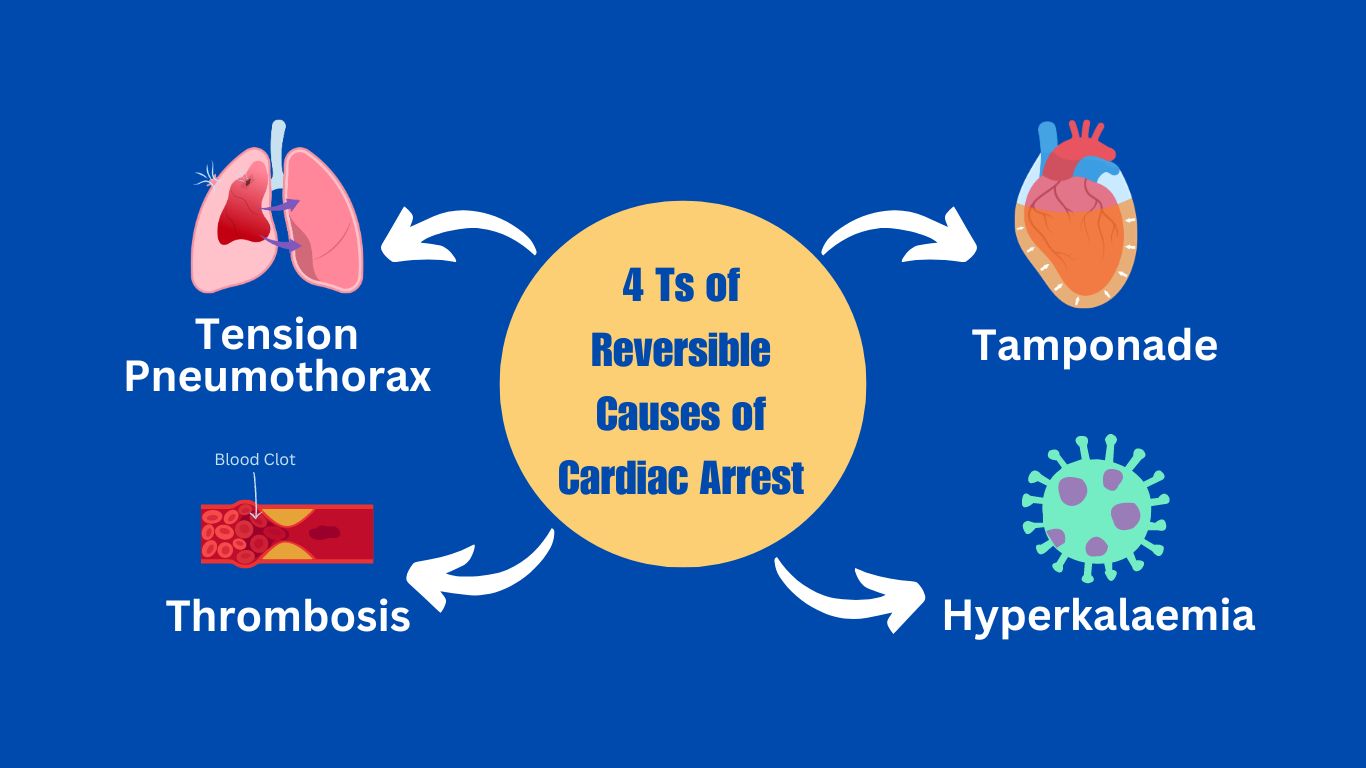
Image: 4 Ts of Reversible Causes of Cardiac Arrest
The 4 T causes of reversible cardiac arrest are tension pneumothorax, tamponade (cardiac), toxins, and thrombosis. These causes can be easily remembered using “4Ts.” These are important to consider in the management of reversing cardiac arrest, as they represent potentially reversible conditions that can lead to the arrest.
Tension Pneumothorax
Tension pneumothorax is when air gets into the pleural space under positive pressure, displacing mediastinal structures and compromising cardiopulmonary function. This condition can cause severe respiratory distress and hemodynamic instability, and it can be fatal.
Signs and Symptoms of Tension Pneumothorax:
- Chest pain
- Shortness of breath
- Difficulty breathing
- Cyanosis
- Anxiety or restlessness
- Rapid heart rate
- Tracheal deviation from the affected side
Causes of Tension Pneumothorax:
- Chest injury: Blunt or penetrating chest injuries can result in lung collapse and tension pneumothorax.
- Mechanical ventilation: Patients receiving mechanical ventilation may experience tension pneumothorax if they cannot exhale effectively, leading to trapped air in the pleural cavity.
- Traumatic tension pneumothorax: This type of tension pneumothorax can occur due to open chest wounds, like stab wounds or gunshots, or closed trauma, like rib fractures.
Treatment for Tension Pneumothorax:
The treatment for tension pneumothorax involves immediate needle decompression. Subsequently, a chest tube is inserted to continue draining air and allow the lung to reinflate. This procedure is essential for relieving respiratory distress and preventing hemodynamic instability.
Thrombosis
Thrombosis is the form of a blood clot within a blood vessel, which can block blood flow and cause serious complications. There are two types of thrombosis: coronary thrombosis (when a blood clot stops a vein) and pulmonary Embolism (when a blood clot stops an artery).
Symptoms of Coronary Thrombosis:
- Fainting
- Chest Pain
- Shortness of breath
- Nausea
- Sweating
- Lightheadedness or dizziness
Symptoms of Pulmonary Embolism:
- Rapid breathing
- Fainting
- Anxiety
- Rapid heartbeat
- Bluish skin
- Weak pulse
Causes of Coronary Thrombosis:
Coronary thrombosis is caused by the disruption or fissuring of an atherosclerotic plaque, exposing thrombogenic material to the flowing blood, activating platelets, and forming a blood clot. Addressing underlying causes like high blood pressure, cholesterol, and smoking in such situation as they promote plaque formation and increases the risk of these clots.
Causes of Pulmonary Embolism:
Pulmonary Embolism can have various causes, such as:
- Damage or injury to the blood vessels
- Long periods of inactivity
- Medications that make blood clot easily
Treatment for Coronary Thrombosis:
Medication and revascularization are used as treatments for coronary thrombosis to increase myocardial perfusion. Antiplatelets, anticoagulants, and thrombolytics are among the medications that can help break up or stop blood clots in the body.
Treatment for Pulmonary Embolism:
Treatment options include emergency medicines, surgery, and other procedures. Blood thinners are the most common treatment for a blood clot in the lung.
Tamponade
Tamponade(cardiac) occurs when fluid accumulation in the pericardial sac is abnormal, compressing the heart and preventing it from pumping blood effectively. As a result, this puts pressure on the chest and causes cardiac arrest.
Symptoms of Tamponade:
- Sharp chest pain
- Trouble breathing
- Breathing rapidly
- Fainting
- Dizziness or lightheadedness
- Anxiety
- Restlessness
Causes of Tamponade:
- Trauma: Blunt or penetrating chest injuries can cause blood to accumulate within the pericardial sac, putting pressure on the heart.
- Pericarditis: Inflammation of the pericardium due to severe infections, autoimmune diseases, or other underlying conditions can cause fluid accumulation.
- Cancer: Some cancers, particularly those that have spread (metastasized) to the pericardium, can cause fluid buildup leading to tamponade.
Treatment for Tamponade:
The treatment option for tamponade is Pericardiocentesis, A method that uses a needle to remove fluid from the tissue surrounding the heart, and the other option is Thoracotomy. In cases where the heart stops due to cardiac tamponade, a provider can perform a thoracotomy at the bedside in the emergency room.
Toxins
Toxin is the last cause of reversible cause of cardiac arrest. Toxins refer to substances that, when present in the body in excessive amounts, can cause harmful effects, including cardiac arrest.
Symptoms of Toxin-Induced Cardiac Arrest:
- Sleep impairment
- Memory difficulties
- Hair loss
- Fatigue
- Trouble sleeping
Causes of Toxins:
- Drug Overdose: Overdosing on certain medications or illicit drugs, including accidental overdose, causes cardiac arrest. Drugs such as opioids, cocaine, amphetamines, and certain prescription medications can be toxic in excessive amounts.
- Alcohol Poisoning: Consuming a massive amount of alcohol can cause alcohol poisoning, which can affect the heart’s rhythm and lead to cardiac arrest.
Treatment for Toxin-causing reversible cardiac arrest:
Toxins causing reversible cardiac arrest can be treated by giving medical intervention, including CPR, ensuring an open airway, and providing oxygen. Activated charcoal might be allocated to absorb toxins in the stomach, while specific antidotes could be utilized if available for the particular toxin involved. Supportive therapies like IV fluids, medications to stabilize heart function, and controlling seizures are implemented.
FAQs of Hs and Ts of ACLS
Is hypoglycemia an H and T?
Hypoglycemia (low blood sugar) is not typically included in the traditional “Hs and Ts” list of ACLS. However, hypoglycemia can be considered a reversible cause of impaired consciousness or neurological dysfunction, which may lead to conditions such as syncope (fainting) or altered mental status.
What is the mnemonic for reversible causes?
The mnemonic for reversible causes of cardiac arrest is “Hs and Ts.” The Hs and Ts are used to memorize the causes of cardiac arrest and administer accordingly.
How to memorize the H’s and T’s of ACLS?
To memorize the H’s and T’s of ACLS, remember the mnemonic “4 Hs and 4 Ts.” The 4 Hs stand for Hypoxia, Hypovolemia, Hypo-/Hyperkalemia, and Hypothermia, while the 4 Ts stand for Tension Pneumothorax, Tamponade, Thrombosis, and Toxins. If you repeat this mnemonic regularly, you can memorize it quickly.
How is hypothermia treated during ACLS?
Hypothermia is treated by rewarming techniques such as heated blankets, warm IV fluids, and, in severe cases, blood rewarming or airway rewarming.
How do toxins lead to cardiac arrest?
Toxins can lead to cardiac arrest by disrupting normal cellular functions and causing arrhythmias (irregular heartbeat).


